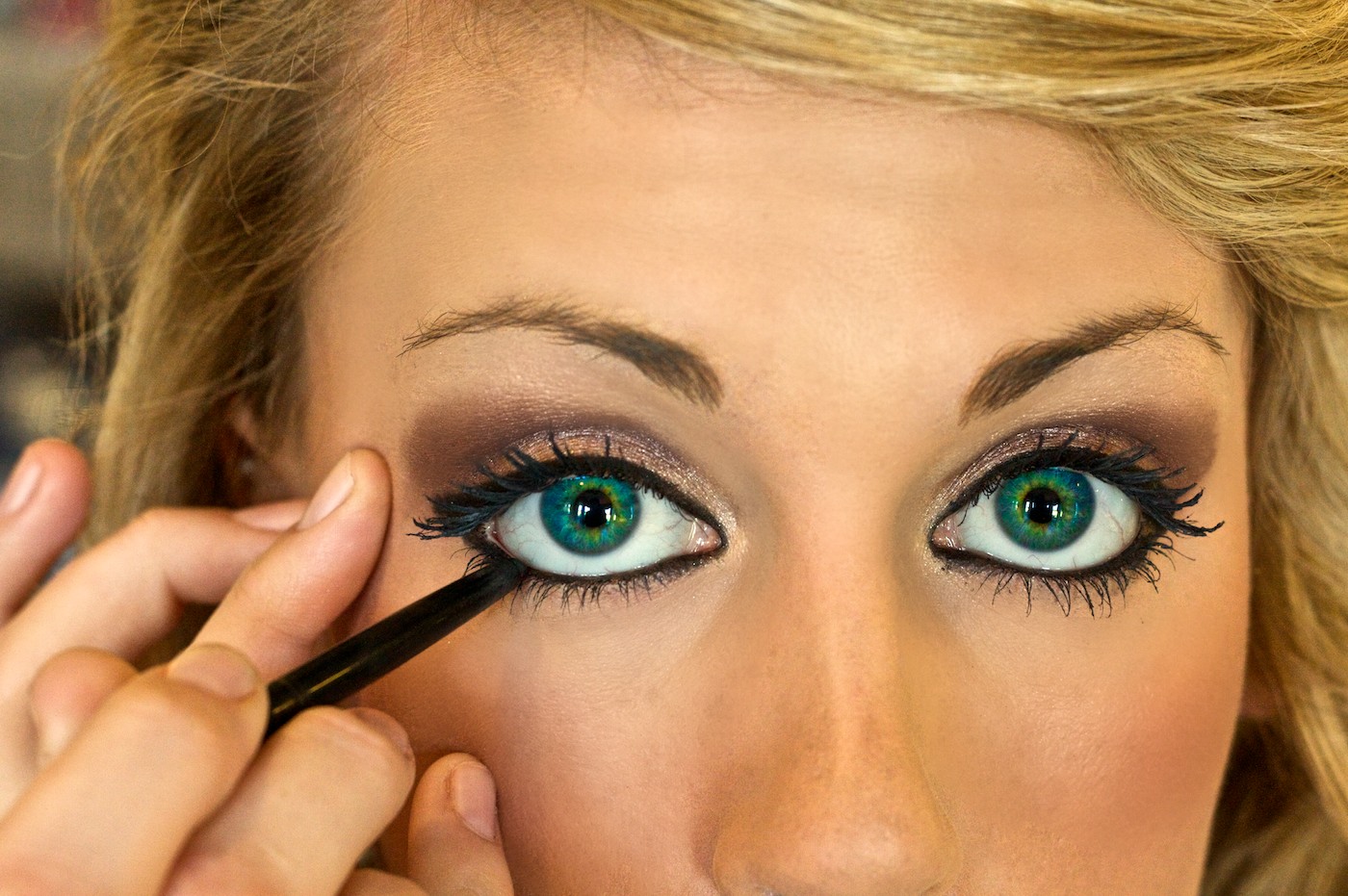
As I’ve explored my COVID experience, I thought I’d share some unique insights I have learned from being raised by technical people and conversations with people like my father, W. Larkin Crutcher, as well as some other wise folks whose careers predated LinkedIn. I’m one of the few millennials who enjoys a phone call and talking on the phone is fantastic for those who find themselves suddenly irritated by a display. Saliva production is autonomic, so drink plenty of fluids during your monologues. More on that later.
Here’s what COVID can do to our eyes:
- Elementary – My eyes suddenly hurt when looking at this same screen I’ve used for 5 years and now I have headache.
- Secondary – I’m experiencing eye strain when I look at my laptop while it’s in my lap.
- Bachelors – My pupils are not dilated properly when I observe a self-lit object (display).
- Masters – My pupils are responding to light differently in the specific context of near sight in a way that increases contrast to uncomfortable levels. It’s not as bad when I adjust my accessibility settings using the contrast slider, but still not a perfect solution long-term.
- Doctorate – COVID has entered the brain stem, the part of the body responsible for the autonomic nervous system, resulting in objective changes to the pupillary response of the eye… cue Scientific study.
COVID is a difficult time, but we have to listen (or watch) both our bodies and rigorously peer-reviewed and reproducible studies. Basic psychology says that a negative association can stick (Pavlov’s Dog Study). The wisest approach with VR is that if you start to get a headache, you must take off the headset immediately. If you continue to use the headset, your brain will eventually associate the headset with a headache the moment you tighten the straps.
I ultimately don’t want my displays to trigger a headache because I didn’t adapt to COVID’s impact on my brain, so I have intentionally limited my screen time. I also purchased a paper thesaurus and I’m considering eINK displays (since they are not self-lit). But I’m also using this as an opportunity to understand how others might have seen the world long before COVID. My eyes have never felt like this before. Yesterday, I walked around the house for several hours playing with dimmer switches and looking at different displays and lights in the house. As a designer, I need to do my best to understand these permutations of the human body, ones that I have potentially experienced for the first and only time in my life.
As a UI creator, COVID is an incredible opportunity to experience a new perspective. It’s a chance to become better, more considerate designers. It can teach us lessons that could otherwise require years of UX research and experience in a single afternoon. Take notes!
If you feel you must work while you have COVID, adjust your surroundings carefully. Remember, try to adjust one variable at a time, like a scientist. Try to keep to your routine and avoid doing things that irritate you. Be sensitive to what is causing you anxiety to avoid building negative associations with your colleagues. Encourage your COVID-infected peers to take time off or switch tasks to prevent needless fatigue. We must all remember to care for one another, especially considering how common the COVID experience is becoming.
If you don’t believe you have COVID (consistently tested negative and no discernable symptoms), work on controlling your environment (temperature, humidity, air quality, lighting, diet). Build strong routines to help you understand what normal means for you and your body. Alcohol (and mouthwash) can dry out the throat, so stop that drinking. And find a way to quit smoking.
As I finished typing this, my eyes are bothering me a bit, but I’m glad you read it. If it helps you, it was totally worth the momentary irritation. If you specifically want to hear more ramblings, feel free to contact us.
